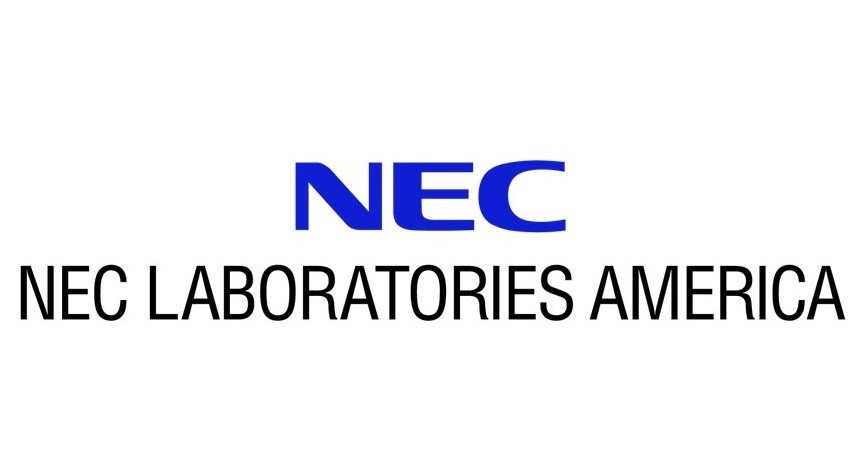Real-Time Photonic Blind Interference Cancellation
mmWave devices can broadcast multiple spatially-separated data streams simultaneously in order to increase data transfer rates. Data transfer can, however, be compromised by interference. Photonic blind interference cancellation systems offer a power-efficient means of mitigating interference, but previous demonstrations of such systems have been limited by high latencies and the need for regular calibration. Here, we demonstrate real-time photonic blind interference cancellation using an FPGA-photonic system executing a zero-calibration control algorithm. Our system offers a greater than 200-fold reduction in latency compared to previous work, enabling sub-second cancellation weight identification. We further investigate key trade-offs between system latency, power consumption, and success rate, and we validate sub-Nyquist sampling for blind interference cancellation. We estimate that photonic interference cancellation can reduce the power required for digitization and signal recovery by greater than 74 times compared to the digital electronic alternative.

